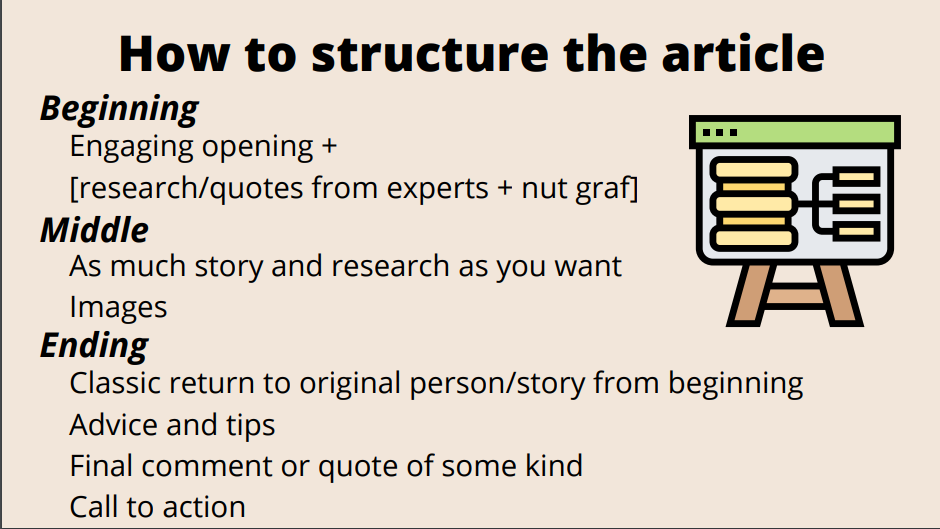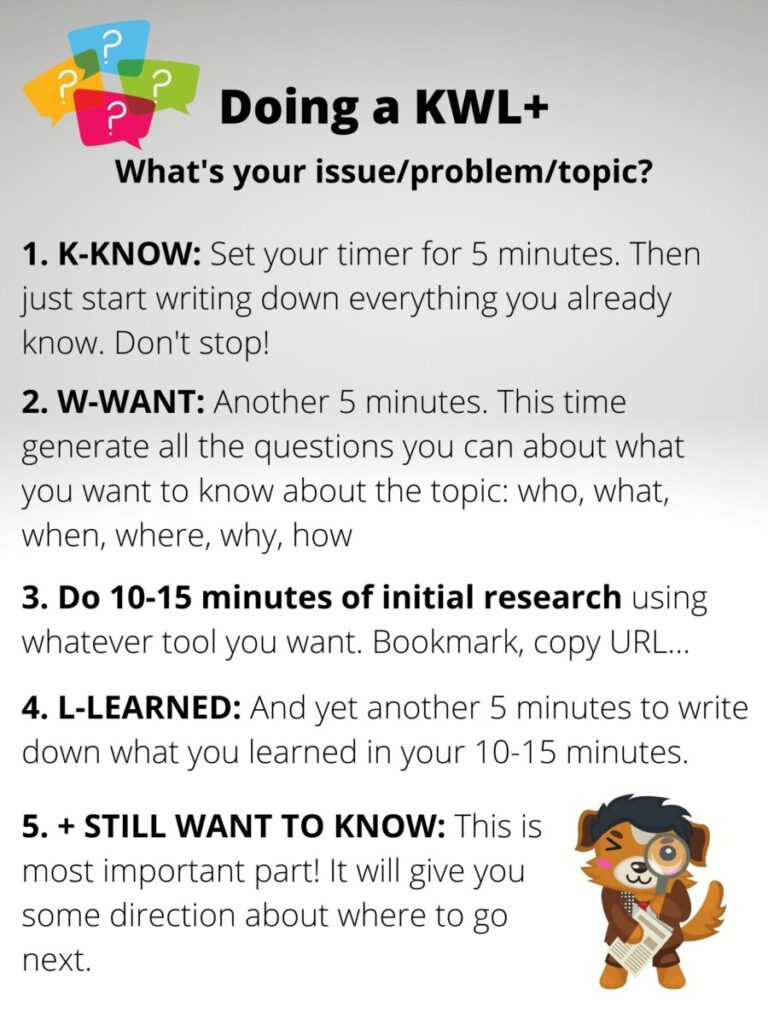Here’s the daily schedule (plus video lectures, links, handouts, etc.) for this Unit.
I’m going to be dropping video lectures into several different days, just to break it up and to make it easier to digest. You can go through them as slowly or quickly as you’d like, but you must hit the due dates so I/we can give you feedback. Remember what makes a good Perusall annotation!
Mon July 19:
Begin unit. The video lecture will talk about how we change people’s minds, and how to analyze a rhetorical situation so we can do that effectively.
Due EOD Tuesday 7/20: on Perusall, watch President Obama’s video, then answer the prompt at the end. Be sure to comment on at least two other people’s annotations: do you agree? What’s the last time you tried to change somebody’s mind? What did you do? How did it go?
Tue July 20:
Video lecture two on how to write an informational article that naturally persuades. We’ll go through an article that was published early in 2020 and see how it’s put together. I’ll also show you some examples from previous students.
Example article from The New York Times

Due EOD Wednesday July 21: on Perusall, do the “Analyzing Informative Articles” assignment. There are three fairly short articles so don’t ignore one of them. I’ll leave prompts for each one, but essentially you don’t have to read every single word of all three. What you’re looking for is how each one is structured according to the model:
- Opening + research + nut graph
- How the author uses research (embedded quotes, summaries, paraphrases, images (charts, tables, graphs)
- Type of conclusion: close personal story from beginning, advice & tips, final comment or quote, call to arms, combination
Wed July 21:
Coming up with ideas and questions to help drive your research. We’ll look at the KWL+ model for doing research, and talk about using interviews and surveys and other primary research techniques. And we’ll also look at some examples from my previous students.
Two important tools for research:
- Journalist’s questions for establishing your research questions and direction: Who, what, when, where, why, how
- KWL+ for actually doing the research

Some examples of previous student essays – some are straightforward, some did surveys, some are better than others. But they show the range.
EOD Thursday July 22: on the Padlet wall, create a post with your name on it, the topic you’re going to be writing about, who your target audience is, and where this would be “published.” Feel free to comment on/give suggestions/ask questions about each other’s ideas. Sometimes the best sources come from other students!
Due EOD Friday July 23: On OpenLab, post a short summary of two sources: what it is (article, video, etc), plus a 1-2 sentence summary of what’s in it. Also note why you think it will be useful for you in writing your article.
Category: Summaries
Due EOD Tuesday July 27: in the Google Drive, upload your article into the folder marked “Article Drafts.”
EOD Thursday July 29: Leave positive feedback to at least two of your classmates. Your choice!
- “I like how you…” to give some immediate positive feedback.
- “I want to know more about…”
- “I’m not sure what you meant by…” to let the writer know you got a little confused here.
- “Maybe you could…” to leave a suggestion… which the writer should feel free to ignore!
Print this page



